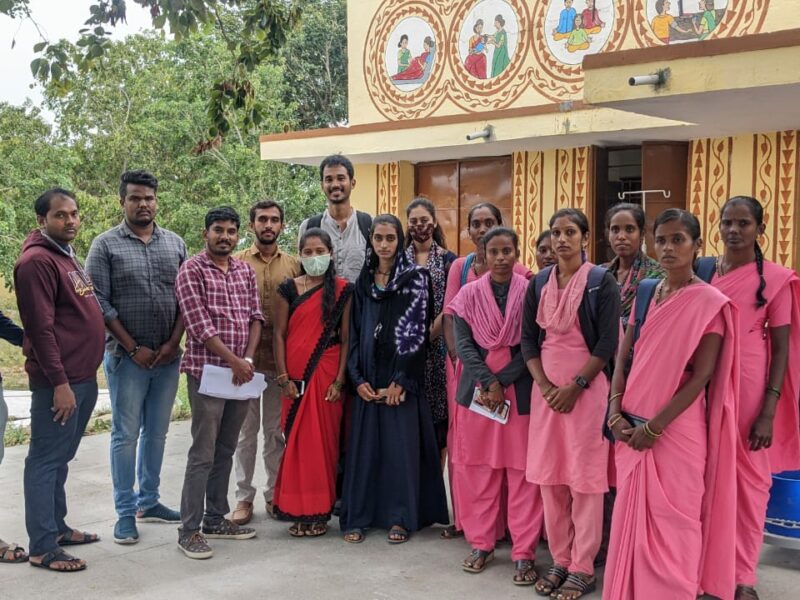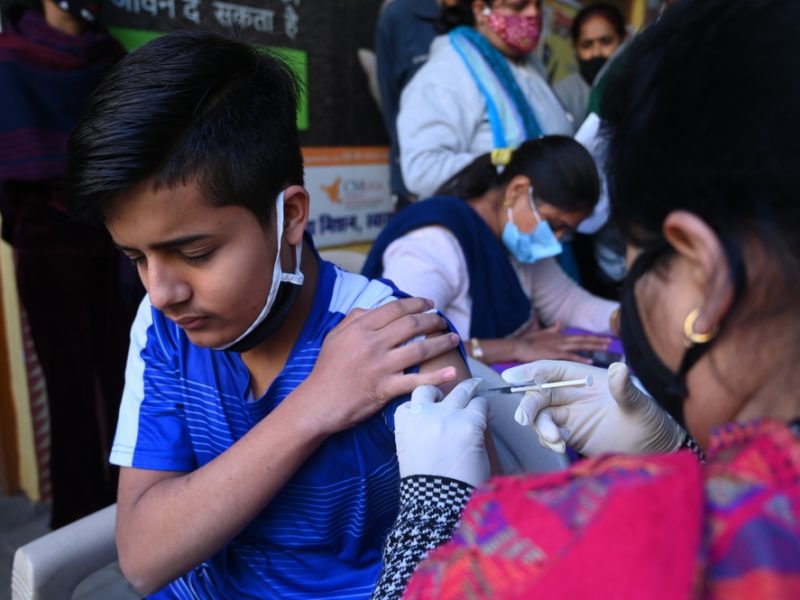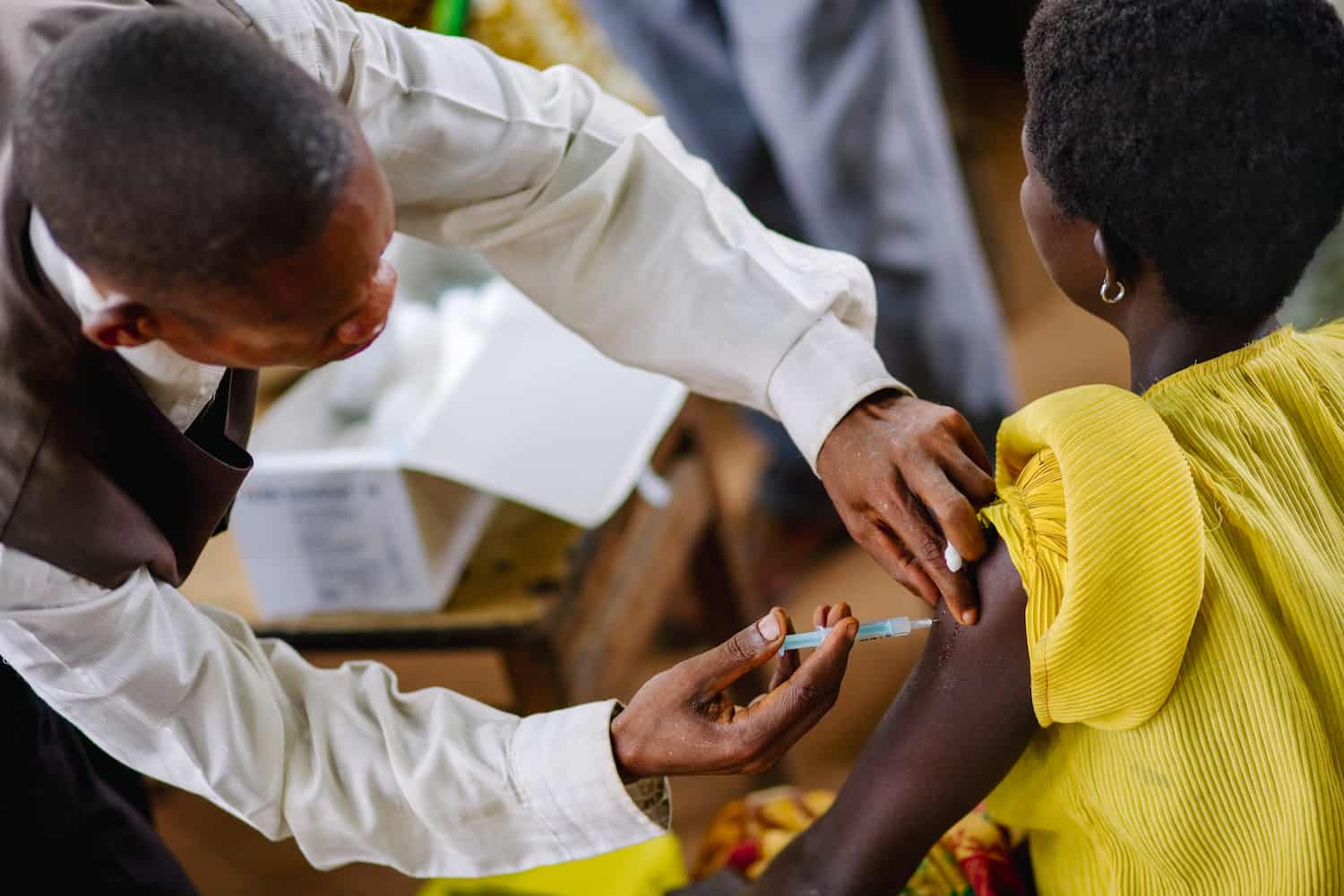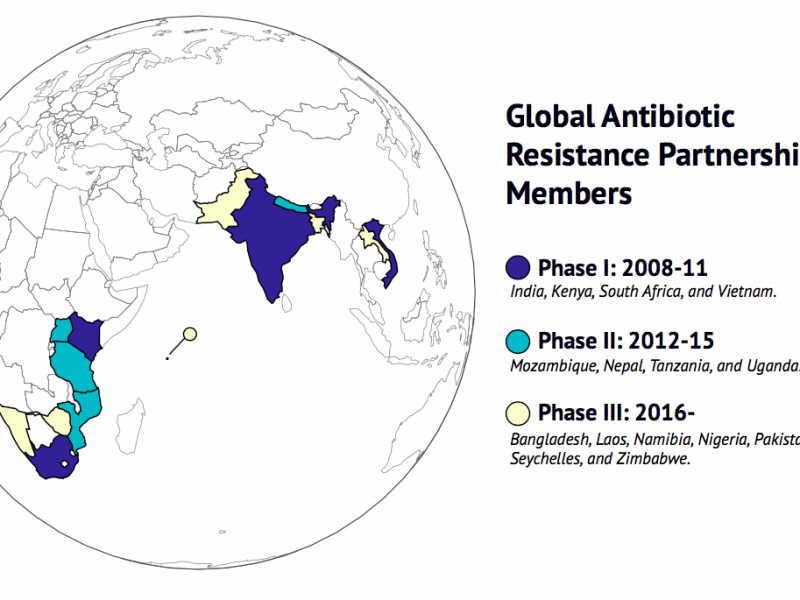
Overview
The Pneumococcal Modeling (PneuMOD) Project is a CDDEP effort to provide informed policy solutions for alleviating the global burden of pneumococcal diseases.
These diseases are responsible for the deaths of around 826,000 children under the age of five every year, and the highest toll is in the developing world. Disease occurs when the bacteria–Streptococcus pneumoniae–spreads to areas in the human body, that are generally sterile, thus, leading to pneumonia, meningitis, or sepsis, among other diseases.
While antibiotics can treat this disease, their use contributes to the development of antibiotic resistance. Hence, vaccination, which prevents the disease from occurring, remains the best course of action to mitigate the prevalence of this illness. However, several unresolved questions still remain about the S. pneumoniae bacteria, how protection works in the human body, and the resulting effects of the vaccine on the population level. For example, the vaccine is designed to protect against the most common serotypes, but in some instances, it has been found to contribute to serotype replacement, wherein other serotypes become more prevalent. If the vaccine serotypes are replaced by similar or more invasive serotypes, vaccination may even have perverse effects.
By modeling different scenarios, PneuMOD is designed to account for such uncertainties and provide informed policy solutions.
Photo: Flickr

A World of Differences: Pneumococcal Burden and Epidemiology
Another Look at National Trends In Pneumococcal Resistance and Disease Incidence
Global Antibiotic Resistance Partnership-Pneumococcal Modeling
Low-GDP per Capita Countries Have the Highest Pneumococcal Disease Burden
The pneumococcal disease burden is high in parts of the developing world
Modeling Pneumococcal Resistance to Penicillin in Southern Sweden Using Artificial Neural Networks






